World War II veteran, Scituate native John Billings still flying at age 98
- Oops!Something went wrong.Please try again later.
SCITUATE – John Billings took his first airplane ride in 1926 when he was 3 years old. It was at Hingham’s Bayside Airfield, the site of the future Hingham Naval Shipyard, near the Weymouth line.
That's when the seed was planted. It grew into a more than eight-decade-long passion.
Billings, now 98 years old, is still flying airplanes.
“At the Jenkins Elementary School in Scituate, I was often in trouble for flying an airplane in my head instead of listening to my teacher,” Billings said.
While playing outdoors, he would climb trees and pretend it was his private plane. At age 15, he again visited Bayside Airfield, this time for flying lessons instead of rides.
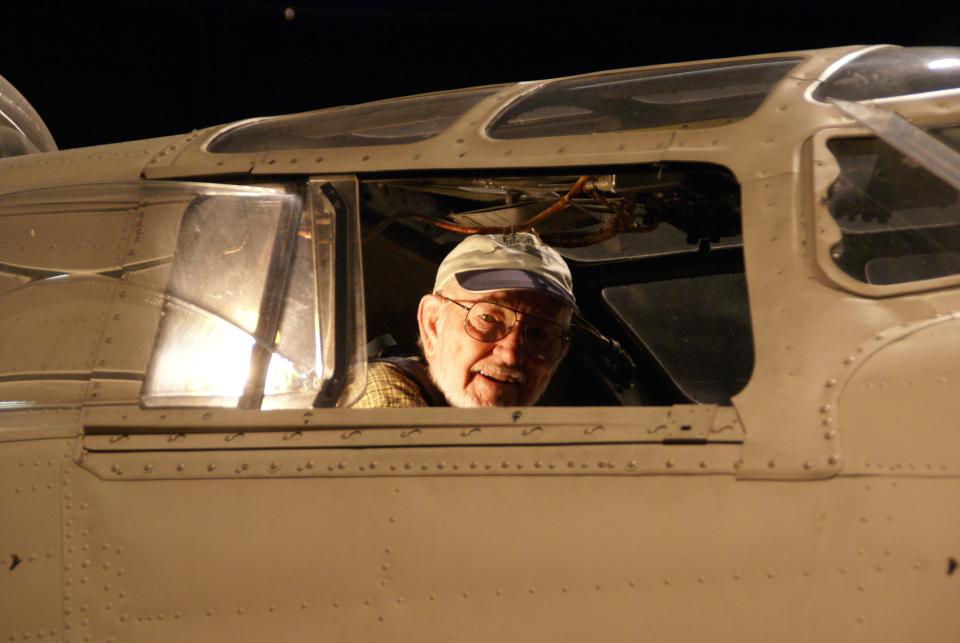
After graduating from Scituate High School in 1941, the Japanese attack on Pearl Harbor expedited his ambitions. Billings immediately registered for the draft, then enlisted in the aviation cadet program of the U.S. Army Air Forces in June 1942. He was 18.
He was called to active duty on Dec. 1 and, after boot camp and training on B-24 Liberator bombers, Billings was awarded his wings on March 8, 1944.
Soon he was flying an airplane across the stormy Atlantic to southern Italy airfields, where all Axis targets were within range of American heavy bombers.
Flying top-secret missions
Billings had completed 14 combat missions when he was selected to fly top-secret missions with the Office of Strategic Services, the predecessor of today’s Central Intelligence Agency. His job was to drop spies and materiel behind enemy lines in the German and Austrian Alps while flying at low altitudes, between 100 and 600 feet, through Alpine valleys. His B-24 was painted black. All OSS missions were flown at night.
“My most challenging flight occurred when I dropped spies on a 10,000-foot-high frozen lake so they could ski down the mountain, infiltrate local villages and gather critical information on German supply lines,” Billings said.
But he said he never considered his job dangerous.
“Being an aviator, I’ve always been enormously grateful for being spared most of war’s horrors,” Billings said.
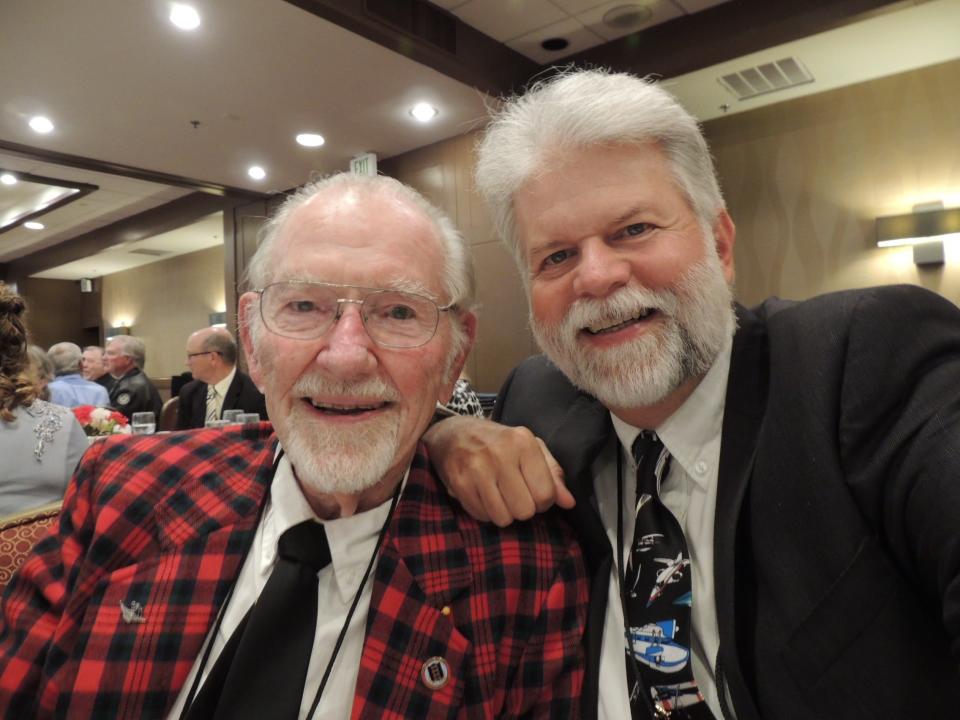
All told, he completed 53 combat missions at a time when bomber crews were limited to 35, since the odds of survival were slim after that.
On May 8, 1945, Victory in Europe Day, Billings and thousands of other GIs left Naples bound for Staten Island, New York, on the USS West Point troop transport for a joyous ride home, knowing Germany had unconditionally surrendered.
Upon returning to Scituate, he traveled to Rhode Island and – like so many returning servicemen – married his high school sweetheart and raised children.
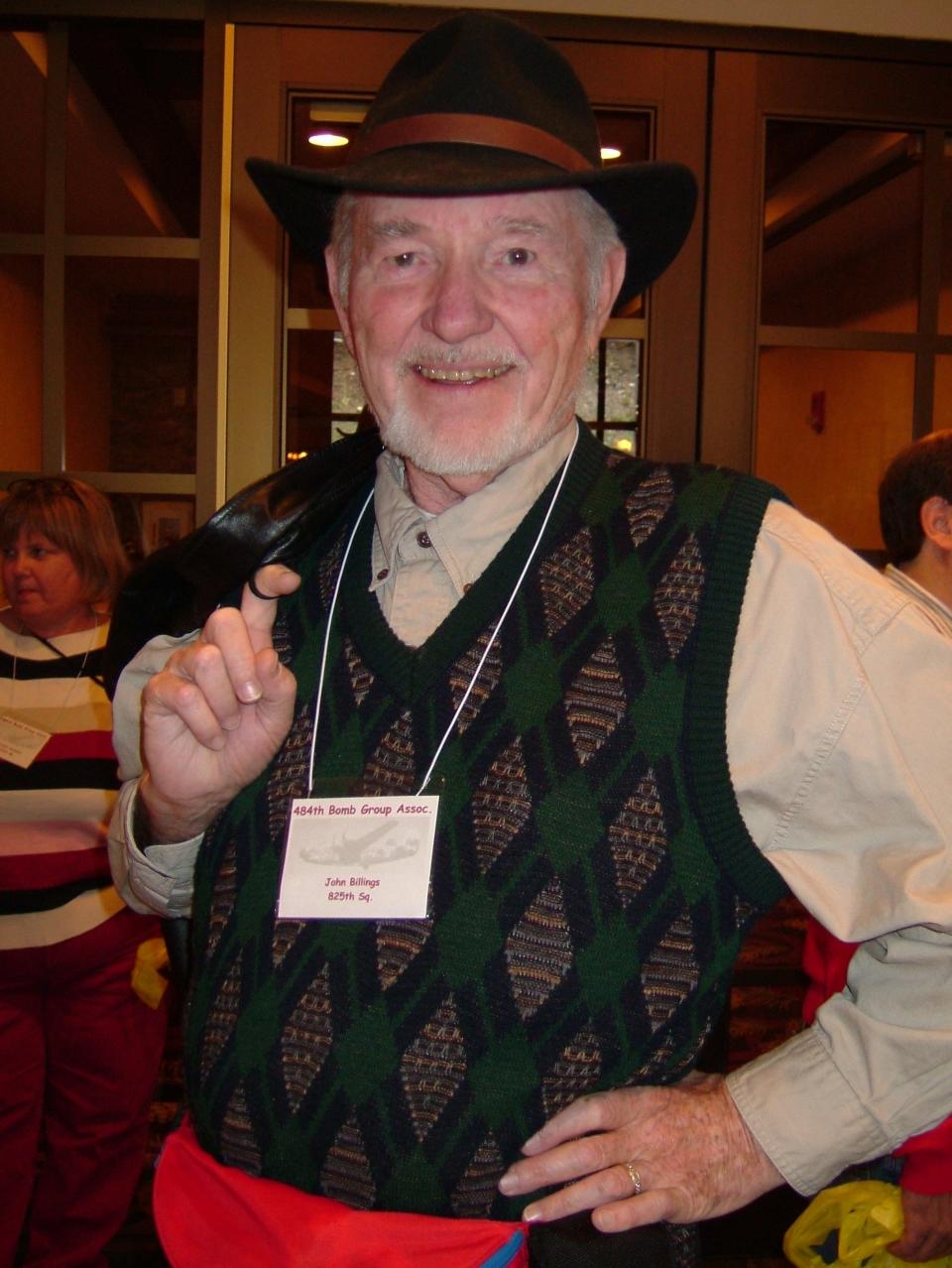
Life after the war
After the war, Billings worked in the Mojave Desert town of Victorville, California, testing B-24s that were being repaired. Every so often, he’d say, “Any of you guys want to go for a ride?” and took his co-workers up for a test flight. Not far from the Grand Canyon, Billings flew the four-engine bomber 20 feet above the Colorado River through the canyon and gave his buddies a ride they’d never forget.
As Billings freely admits, “You couldn’t do that today.”
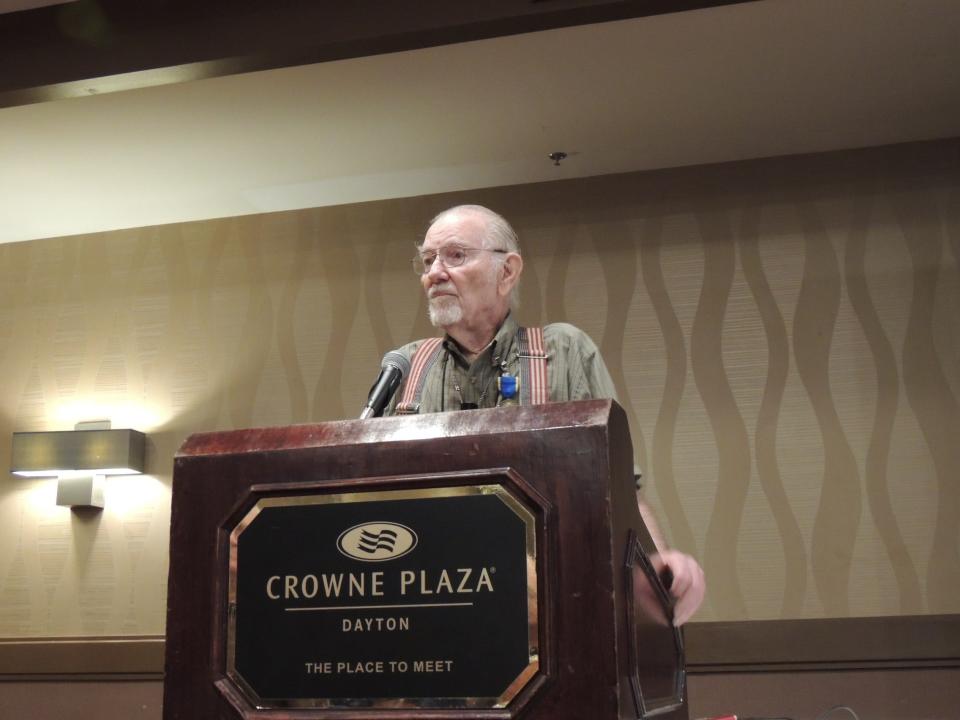
After leaving the Army Air Forces in 1946, he moved back to Scituate and worked for a while in a Cohasset machine shop making tools for Raytheon. But as usual, flying was always dear to his heart and he flew for TWA and Eastern airlines as a captain for 36 years between 1947 and 1983.
Passion for flying leads to Angel Flights
Billings, being a family man, loves children.
And since he already owned an airplane, flying seriously sick kids free of charge to distant hospitals was the perfect way to help youngsters while satisfying his passion for flying.
“One time, an adorable little girl asked me ‘If I’m going on an Angel Flight, does that mean I’m an angel?’ Naturally, I confirmed it,” he said. “By the end of the flight both of us were absolutely convinced!”
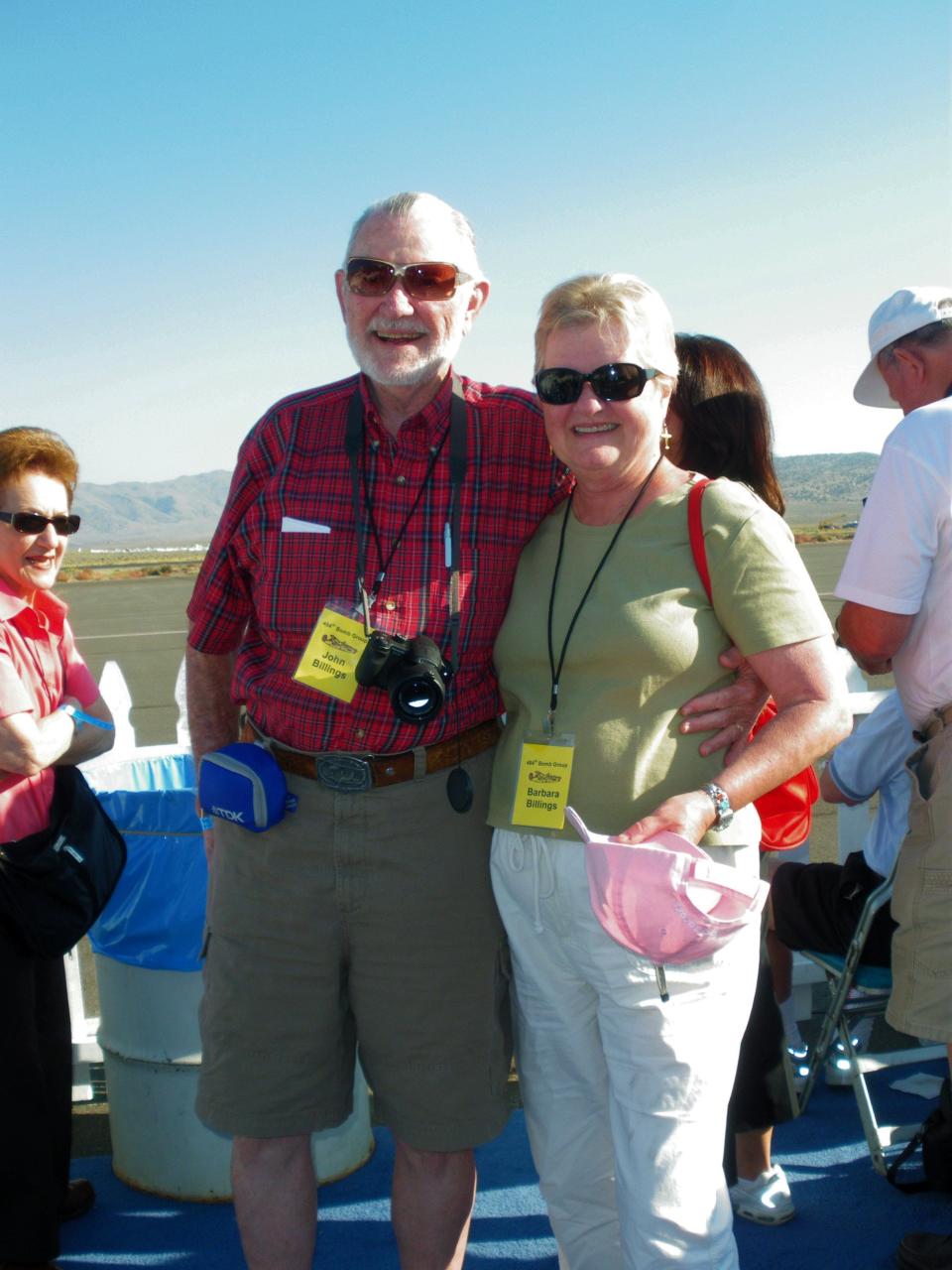
Billings gives the youngsters a stuffed animal for the flight, which “never fails to bring a smile.”
Since 2005, Billings has flown 459 nonprofit Angel Flights.
On Nov. 20, he will retire from Angel Flights because of a recent heart attack. Friends and family are honoring him with a ceremony at his hangar at Luray Caverns Airport in Virginia’s Shenandoah Valley, where he and his wife, Barbara, moved more than 20 years ago.
He’ll still be able to fly recreational trips with another qualified pilot.
Health problems haven’t slowed down his civic activism. On Nov. 3, he was asked to speak to seventh graders at a nearby middle school. When asked beforehand what he would talk about, he said, “The first thing I’m going to do is ask them to raise their hands if they’ve ever heard of Hitler, and we’ll go from there.”
Editor's note: John Billings’ new book, “Special Duties Pilot: The Man Who Flew the Real ‘Inglorious Basterds’ Behind Enemy Lines,” is available at Barnes & Noble and Amazon.
WWII reunions and the vanishing vets
I first met John Billings in 2013 while attending a World War II reunion of the 484th Bombardment Group in Omaha, Nebraska. Newly retired, I was interested in meeting crew members who may have flown with my father during 1944 to 1945, when the 484th was flying Italy-based B-24s to Axis targets from Europe to the Balkans in an effort to cripple Hitler’s war machine. Over 12,000 U.S. bombers were lost in the conflict, many with 10-man crews.
I chatted with many of the vets, most of whom were in their late 80s or 90s and arrived using walkers, canes or wheelchairs.
Dick Olson, the 484th Bombardment Group historian whose father was shot down over Innsbruck and became a POW for nearly a year, puts the rapid decline of WWII veterans in perspective:
“There were approximately 150 veterans at the 1986 reunion, 45 in 2002, seven in 2019 and two this year. If we even have one veteran at the next reunion, it will be a miracle.”
Thank you, John Billings, and thanks to veterans everywhere for your service.
– Richard Prone
This article originally appeared on The Patriot Ledger: World War II veteran, Scituate native John Billings still flying at 98

